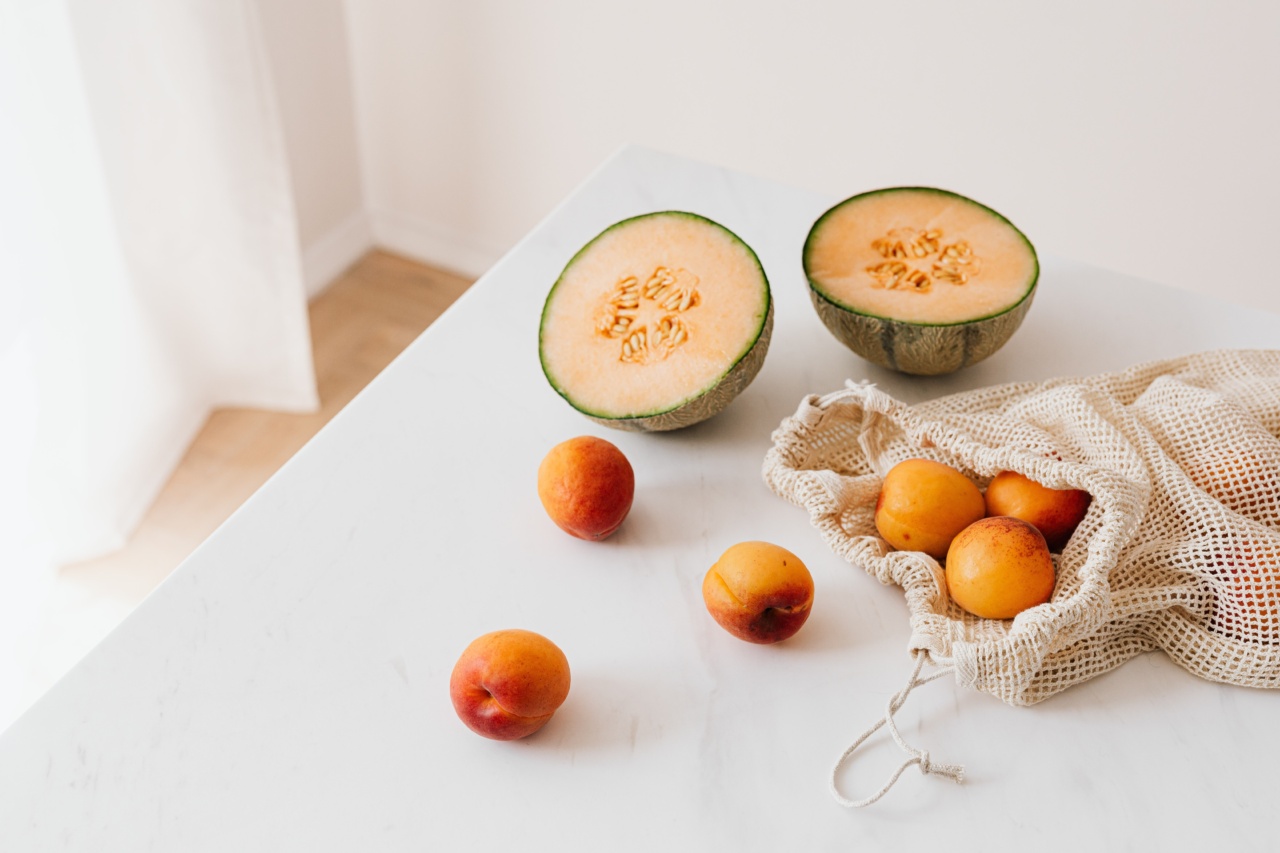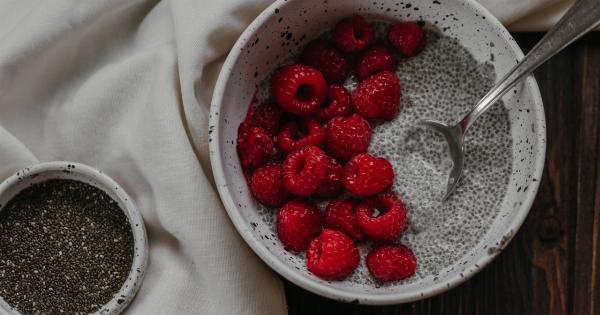When it comes to a healthy diet, reducing salt intake is an important step towards improving our overall well-being. High-sodium diets can increase the risk of chronic conditions such as high blood pressure, heart disease, and stroke.
However, cutting back on salt doesn’t mean sacrificing flavor. With a few simple tips and tricks, you can easily reduce your salt consumption while still enjoying delicious and nutritious meals.
1. Read Food Labels
One of the best ways to reduce salt intake is to become a savvy food label reader. Pay attention to the sodium content listed on packaged foods. Opt for products with lower sodium levels or choose low-sodium and sodium-free alternatives.
Look out for hidden sources of sodium such as monosodium glutamate (MSG) and sodium nitrate, which are commonly used as flavor enhancers in processed foods.
2. Cook at Home
Preparing your meals at home allows you to have full control over the ingredients and the amount of salt used.
By cooking from scratch, you can choose fresh, whole ingredients and season your dishes with herbs, spices, and other natural flavorings instead of relying on excessive salt. Experiment with different herbs and spices to create delicious and flavorful meals without the need for added salt.
3. Use Natural Seasonings
Herbs and spices are not only great alternatives to salt but also provide numerous health benefits. Incorporate flavors such as basil, rosemary, thyme, paprika, cumin, or turmeric into your dishes.
These seasonings add depth and complexity to your meals without adding unnecessary sodium.
4. Limit Processed and Packaged Foods
Processed and packaged foods tend to be high in sodium. These convenient options are often loaded with salt to enhance flavor, texture, and preservation.
Whenever possible, limit your consumption of these types of foods and opt for fresh, whole foods instead. Fruits, vegetables, lean meats, and whole grains are naturally low in sodium and provide essential nutrients for a balanced diet.
5. Rinse Canned Foods
Canned foods, such as beans, vegetables, and tuna, can be significant sources of sodium. To reduce the salt content, drain and rinse these foods thoroughly before using them in your recipes.
Rinsing canned foods can help decrease their sodium content by up to 40 percent, making them a healthier option.
6. Be Mindful of Condiments and Sauces
Condiments and sauces often contain high amounts of salt. Pay attention to the sodium content of ketchup, soy sauce, barbecue sauce, and salad dressings.
Consider making your own homemade versions to control the amount of salt added, or choose lower-sodium options available in the market. Another tip is to use vinegar or citrus juices as a tangy alternative to add flavor to your dishes without relying on excessive salt.
7. Gradually Reduce Salt
If you’re accustomed to a high-sodium diet, it may be challenging to switch to a low-sodium one overnight. Instead, aim for a gradual reduction in salt intake.
Your taste buds will gradually adjust to the new flavors, making it easier to maintain a lower-salt diet in the long run. Start by reducing the amount of salt added during cooking and gradually decrease your reliance on salt at the table.
8. Avoid Salty Snacks
Salty snacks, such as potato chips, pretzels, and salted nuts, are not only high in sodium but also tend to be addictive. These snacks can contribute to excessive salt intake without providing substantial nutritional value.
Make healthier snacking choices by opting for fresh fruits, vegetables, unsalted nuts, or homemade snacks that you can control the salt content of.
9. Hydrate Properly
Proper hydration is essential for maintaining a healthy body and reducing the risk of dehydration-related conditions. However, consuming excess amounts of salty beverages, such as sports drinks or sodas, can increase your daily sodium intake.
Opt for water, herbal teas, or homemade fruit-infused water instead to stay well-hydrated without adding unnecessary salt to your diet.
10. Seek Professional Guidance
If you have specific health concerns or chronic conditions, it’s essential to seek professional guidance from a registered dietitian or healthcare provider.
They can provide personalized advice and help you create a balanced, low-sodium meal plan tailored to your individual needs.
Conclusion
Reducing salt intake doesn’t have to be complicated. By implementing these easy tips into your daily life, you can enjoy a healthier diet and lower the risk of chronic diseases.
Remember to read food labels, cook at home using natural seasonings, limit processed foods, rinse canned foods, watch your condiments and sauces, gradually reduce salt, avoid salty snacks, hydrate properly, and seek professional guidance when necessary.






























